Study finds all-electric rideshare fleet could reduce carbon emissions, but increase traffic issues
Green Car Congress
JUNE 23, 2023
Major ridesourcing companies Uber and Lyft have promised all-electric fleets by 2030 in an effort to reduce their carbon footprint. In the simulations, battery-powered vehicles, particularly the 40 kWh ones, needed more frequent and longer trips without passengers to get to recharging stations.

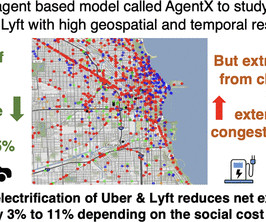


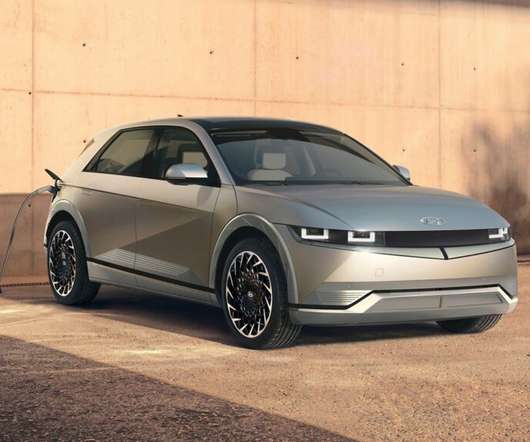

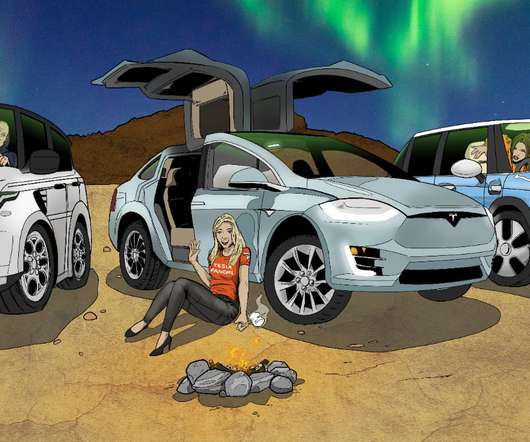
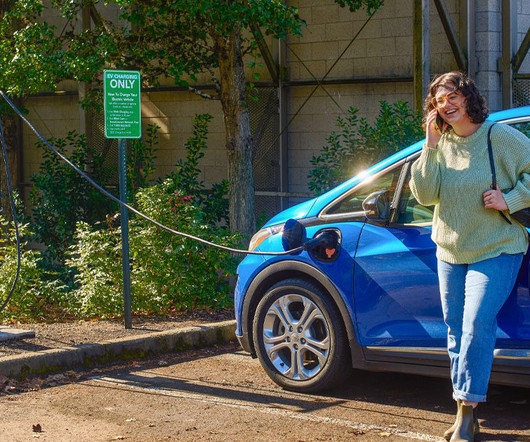
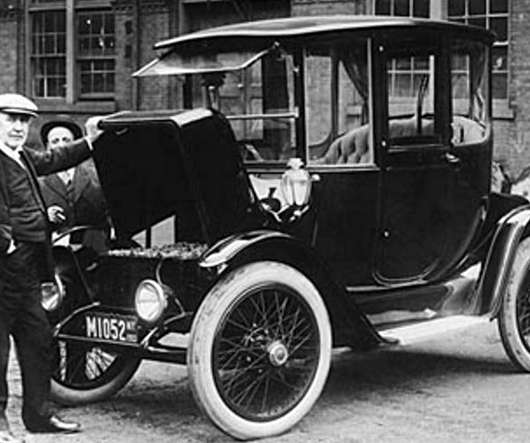
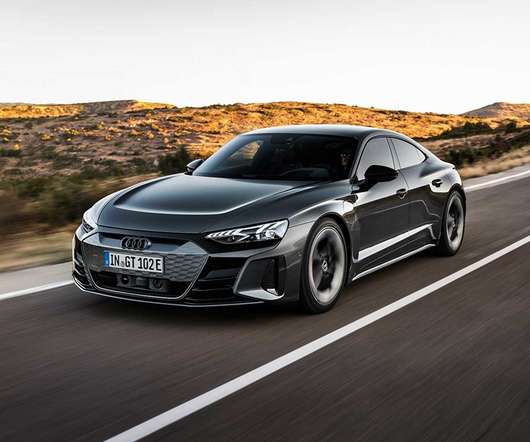






Let's personalize your content